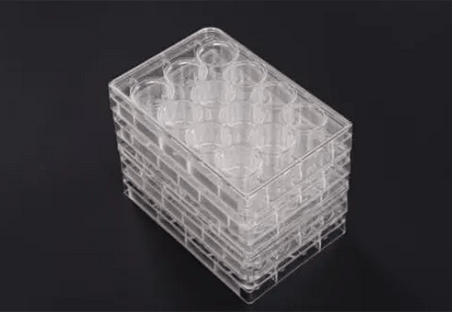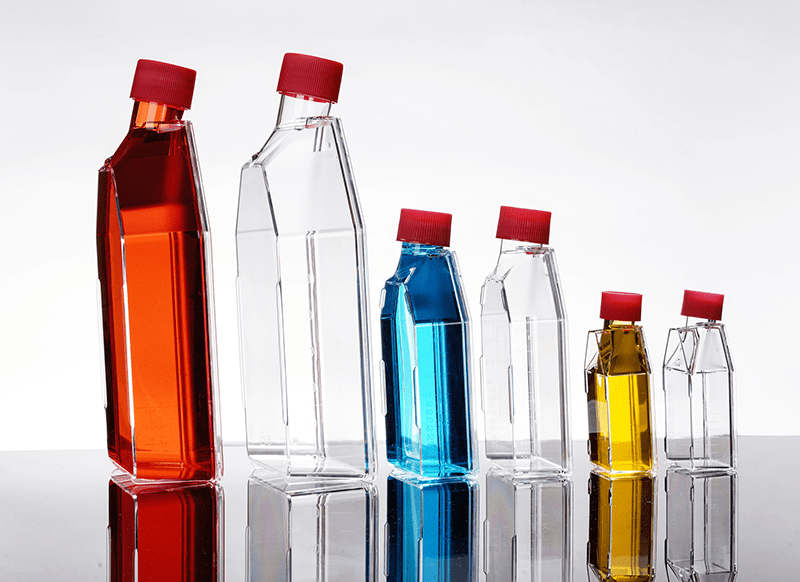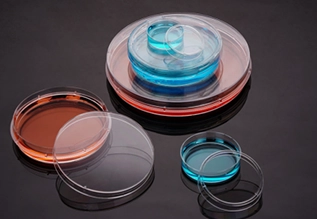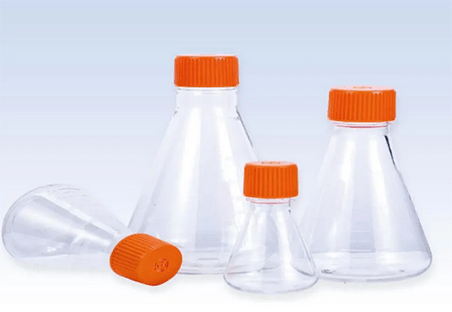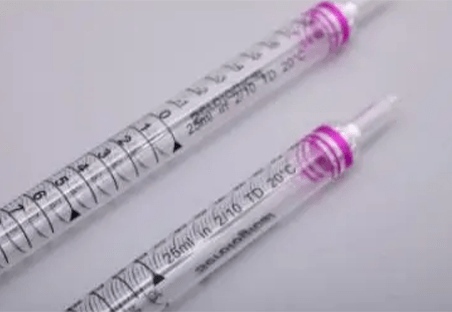To grow and maintain cells away from their natural environment, sterile, shallow dishes known as cell culture dishes are utilized. Scientists can examine cellular processes, disease mechanisms, and possible treatment strategies with its invaluable assistance in biological research. Selecting the right size cell culture dish is essential for maximizing cell growth, guaranteeing reproducibility of experiments, and obtaining trustworthy results in biological research. Researchers can choose the best dish size for their unique cell culture requirements and obtain fruitful experimental results by carefully weighing the factors influencing cell culture dish size selection.
What are the Common Types of Cell Culture Dishes?
35 mm Dishes
A 35 mm cell culture dish is a tiny, shallow, sterile container used to grow and maintain cells outside of their natural organism. It is also referred to as a 35 mm tissue culture dish or 35 mm petri dish. It is a flexible instrument used in biological research, especially for small-scale studies or cell culture. 35 mm diameter cell culture dishes are usually composed of glass or polystyrene.
60 mm Dishes
These dishes are an excellent compromise between 35 mm and 100 mm. They can be used to cultivate more cells and a greater variety of experiments. They come with a vented lid or a non-vented lid. Gas exchange is made possible by vented lids, which are crucial for some kinds of cells. For cells that are susceptible to variations in humidity, non-vented lids are utilized.
100 mm Dishes
Cell culture dishes that measure 100 mm are the most costly and largest variety available. They work well for large-scale cell cultures or extended experiments. The dimensions of 100 mm cell culture dishes are 100 mm in diameter and 20 mm in height. Usually composed of glass or polystyrene, they have a sloping side and a flat bottom. The surface of the dish is either left untreated or treated in a way that encourages cell attachment.
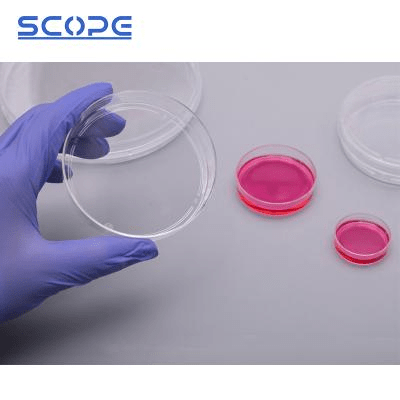
How to Select the Right Cell Culture Dish Sizes?
For Small-scale Experiments (35 mm Dishes)
35 mm dish experiments are suited for viability tests, small-scale drug screenings, and initial cell seeding because of their reduced surface area and reagent requirements. This enables scientists to get important results while preserving priceless cells and reagents.
Dishes measuring 35 mm are also easier to manage and work with due to their smaller size, which is advantageous in delicate experiments.
For Medium-scale Experiments (60 mm Dishes)
They provide a balance between surface area and cost, 60 mm dishes are appropriate for cell expansion, toxicity testing, and moderate-throughput analyses.
A greater number of cells can expand in 60 mm dishes due to their larger surface area compared to 35 mm dishes. Because of this, they can produce enough cells for use in medium-throughput analyses and toxicity testing, among other downstream applications.
A more cost-effective option for experiments that don’t require the large surface area of a 100 mm dish is a 60 mm dish because it costs less than a 100 mm dish.
For Large-scale Experiments (100 mm Dishes)
A larger surface area of 100 mm dishes allows for a greater number of cells to be accommodated, as well as more space for cell growth and protein production. For long-term cell cultures, protein expression studies, and high-throughput screening, these larger-scale experiments are ideal. This enables the production of greater amounts of protein for screening or subsequent analysis, as well as longer-term research.
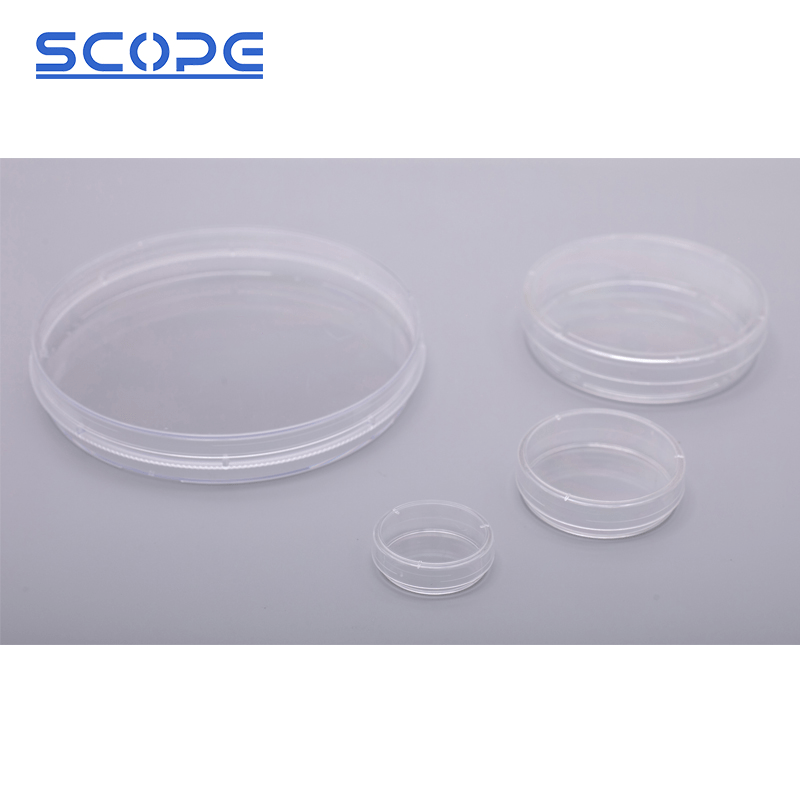
What Are the Factors Influencing Cell Culture Dish Size Selection?
1. Cell Number
Cell health issues, dietary deficiency, and changed cellular behavior can result from overcrowding. Excessive cell growth in a small area leads to overcrowding, which causes waste products to accumulate and resource competition. Cell morphology and function may alter as a result, and there may be a decrease in growth and an increase in death.
To preserve ideal cell health and guarantee reliable experimental results, it is essential to choose the right dish size based on the number of cells.
2. Cell Type
The choice of cell culture dish size is greatly influenced by the type of cell, as different cell types have different needs for growth and attachment styles. For example, epithelial cells tend to spread out more, so bigger dishes are needed to accommodate their growth. Mesenchymal cells, on the other hand, might do better in smaller dishes because of their more compact growth patterns.
Optimal cell growth, morphology, and function are ensured by choosing the right dish size based on the type of cell, which produces consistent experimental results.
3. Experimental Requirements
Understanding the specific requirements of each experiment is essential to selecting the dish size that will optimize cell growth, experimental reproducibility, and reliable results. Various experiments have different space and cell density demands.
For example, imaging techniques require larger dishes to accommodate microscope equipment, while high-throughput assays may favor smaller dishes for efficient screening. Long-term cell cultures also require larger dishes to support cell proliferation and prevent overcrowding.
4. Available Incubator Space
To maintain a healthy cell culture environment, optimal ventilation, and gas exchange are dependent on the dish’s size being compatible with the incubator’s available space. An accumulation of carbon dioxide and oxygen deprivation brought on by an overcrowded incubator can stress the cells and adversely affect their ability to grow and survive.
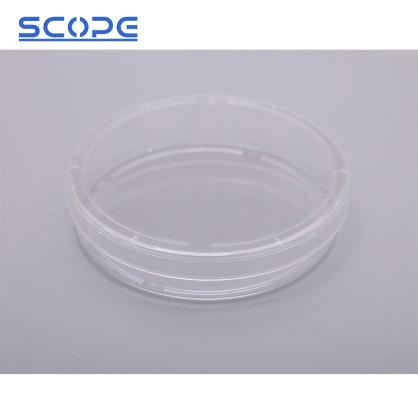
Conclusion
Cell culture experiments must be successful, and dependable results must be obtained, which means selecting the appropriate size of cell culture dish is essential. A well-maintained cell culture environment is preserved, overcrowding is avoided, and the required space for cell growth is provided by the right dish size. One of the top providers of lab consumable supplies is Scopelab. With over 200 clients worldwide, we currently offer a variety of instruments, equipment, and services after more than a decade of experience. Please contact us for further information.
